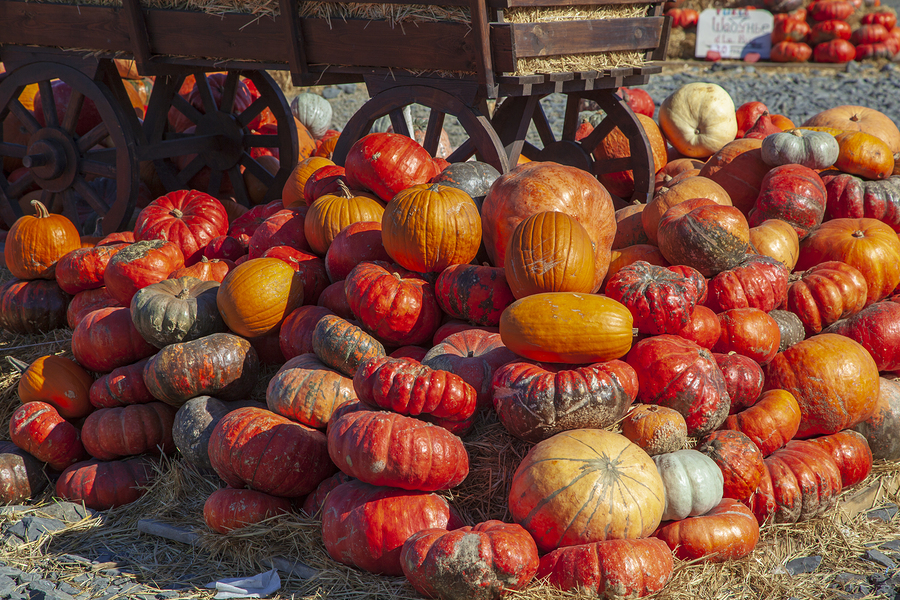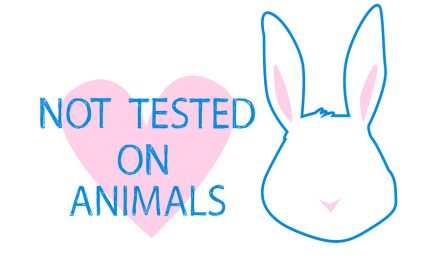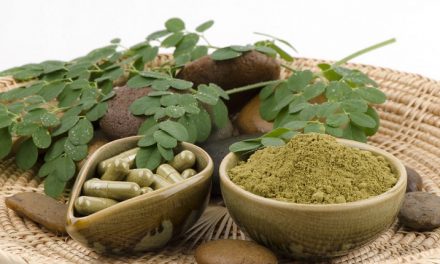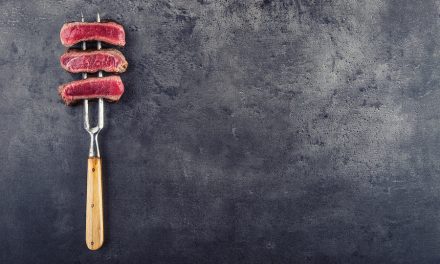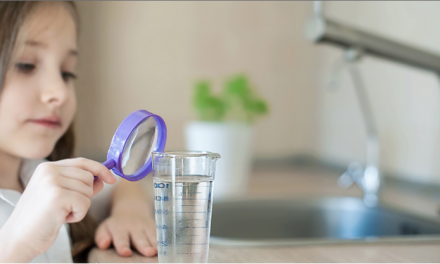Autumn is finally here, which means cooler weather, beautiful leaves, warm & cozy clothes, and lots of our favorite foods. With months of anticipation for the fall, what I’m about to tell you might be terribly disappointing.
Pumpkin puree is not pumpkin. It’s squash.
Pumpkin puree: You know, the canned orange stuff that’s lining the supermarket walls right now? The stuff you use to make all your favorite fall desserts that’s labeled “100% pumpkin”?! Yes, well, it’s actually made from 100% NOT pumpkin. The mix is made from a variety of winter squash (think butternut, Golden Delicious, Hubbard, and more). Libby’s, the brand that produces about 85% of the country’s canned “pumpkin” filling, has actually developed a certain variety of squash that they grow, package, and distribute to supermarkets across the country–all the while fooling innocent, trusting consumers into believing they’re eating a pumpkin.
RELATED STORY:
As it turns out, pumpkins can be fairly stringy and watery; certain varieties of winter squash make a richer, sweeter puree that works way better for packing the now-ambiguous flavor we all love into our favorite fall dishes. Additionally, the USDA is fairly lenient with gourd terminology in general, which is why it’s perfectly legal to label a food product as “pumpkin” when, in reality, it’s made from a different variety of squash. So Libby’s gets by with no explanation, and most of us are none the wiser.
RELATED STORY:
Apparently many types of squash are called pumpkin. But according to botanists, there is only one species of “true” pumpkin, the Cucurbita pepo, the classic fall pumpkin typically characterized by medium-orange color with ribbing. It looks like the one you carve on Halloween.
What I’m telling you is that you’ve basically been eating butternut squash pie, squash bread, and drinking squash spice lattés! If it’s no big deal to call a blend of squashes “pumpkin,” who’s to say anything is what it says it is? But that’s something we already wonder about.
Source:



